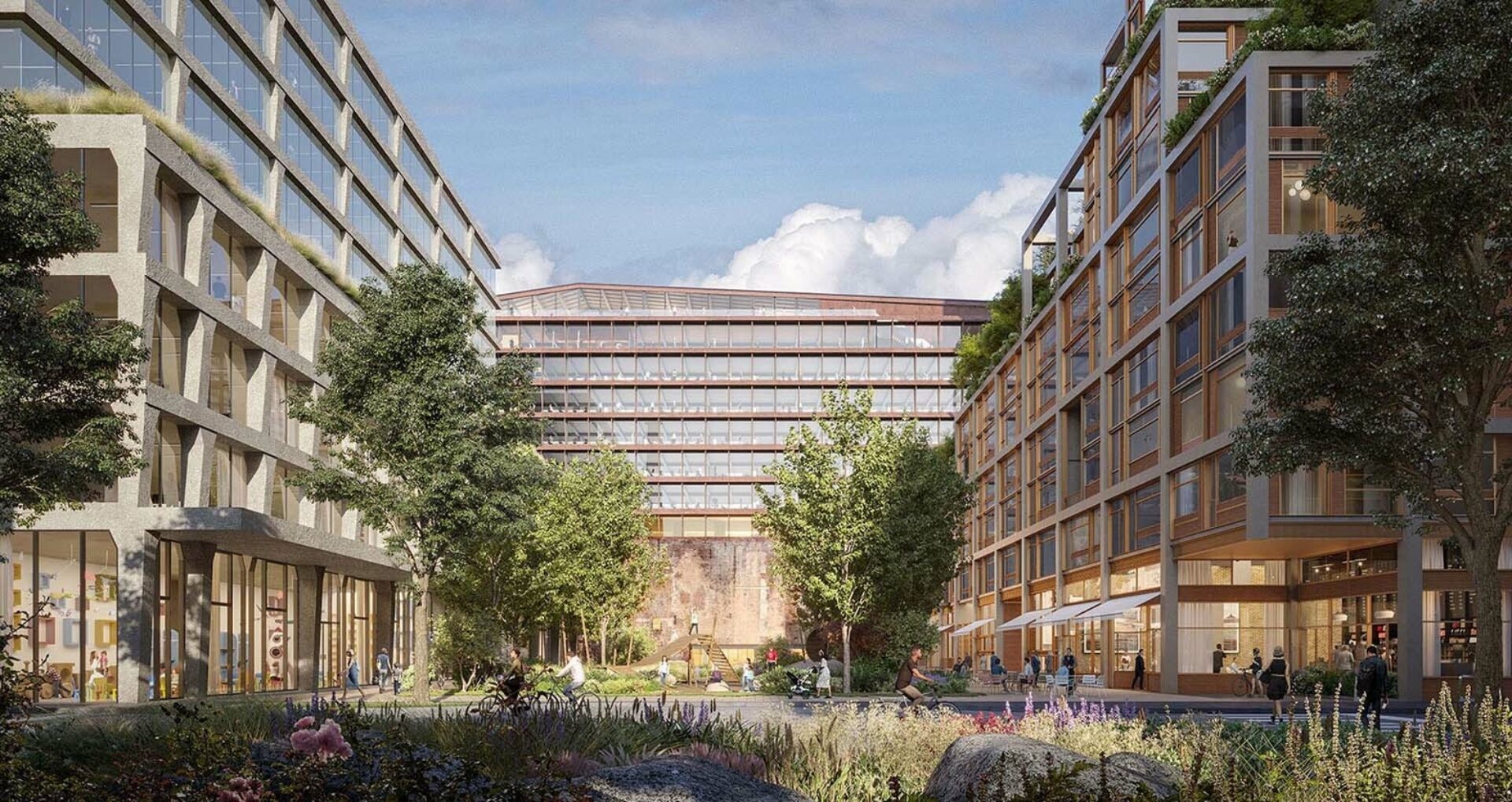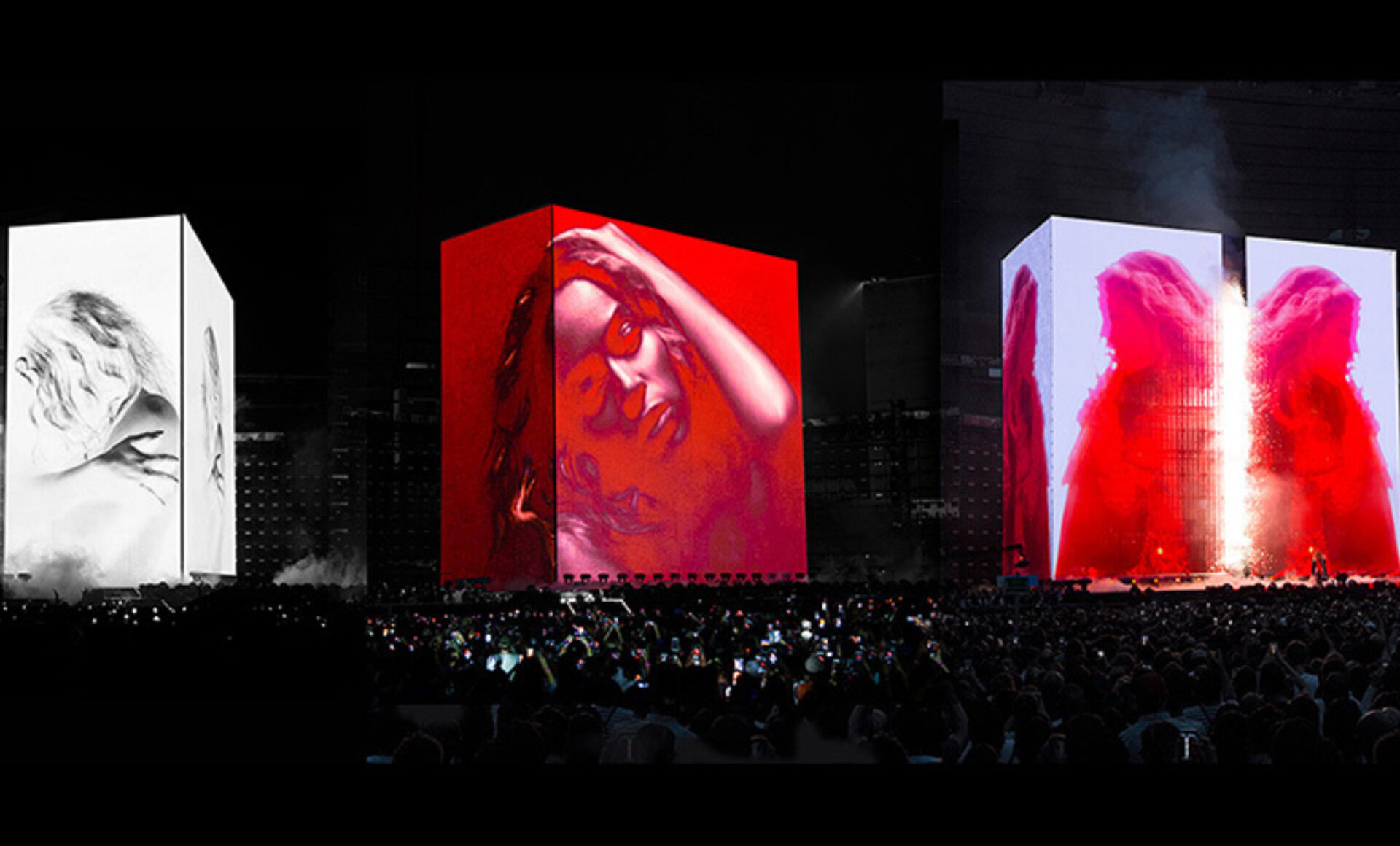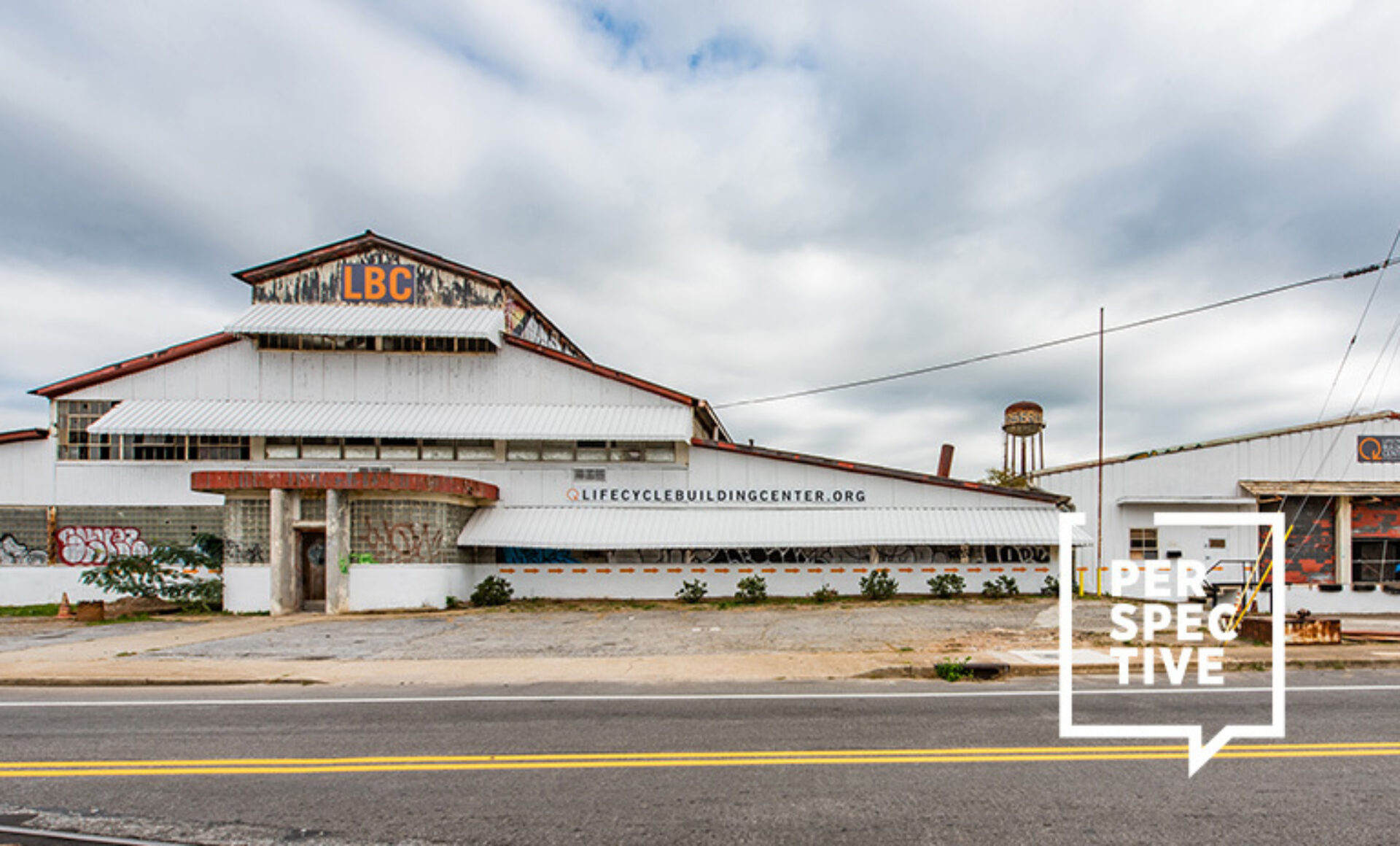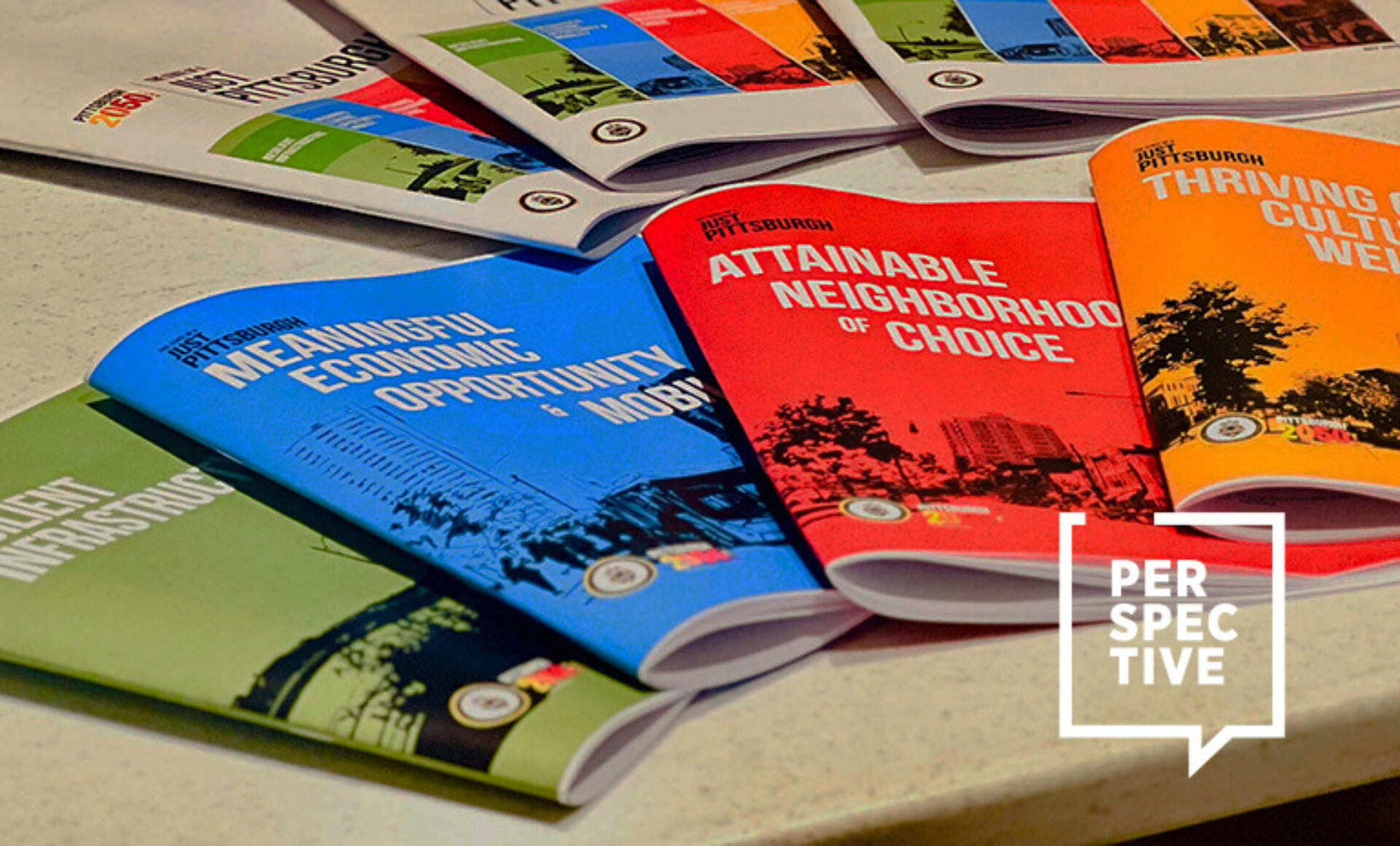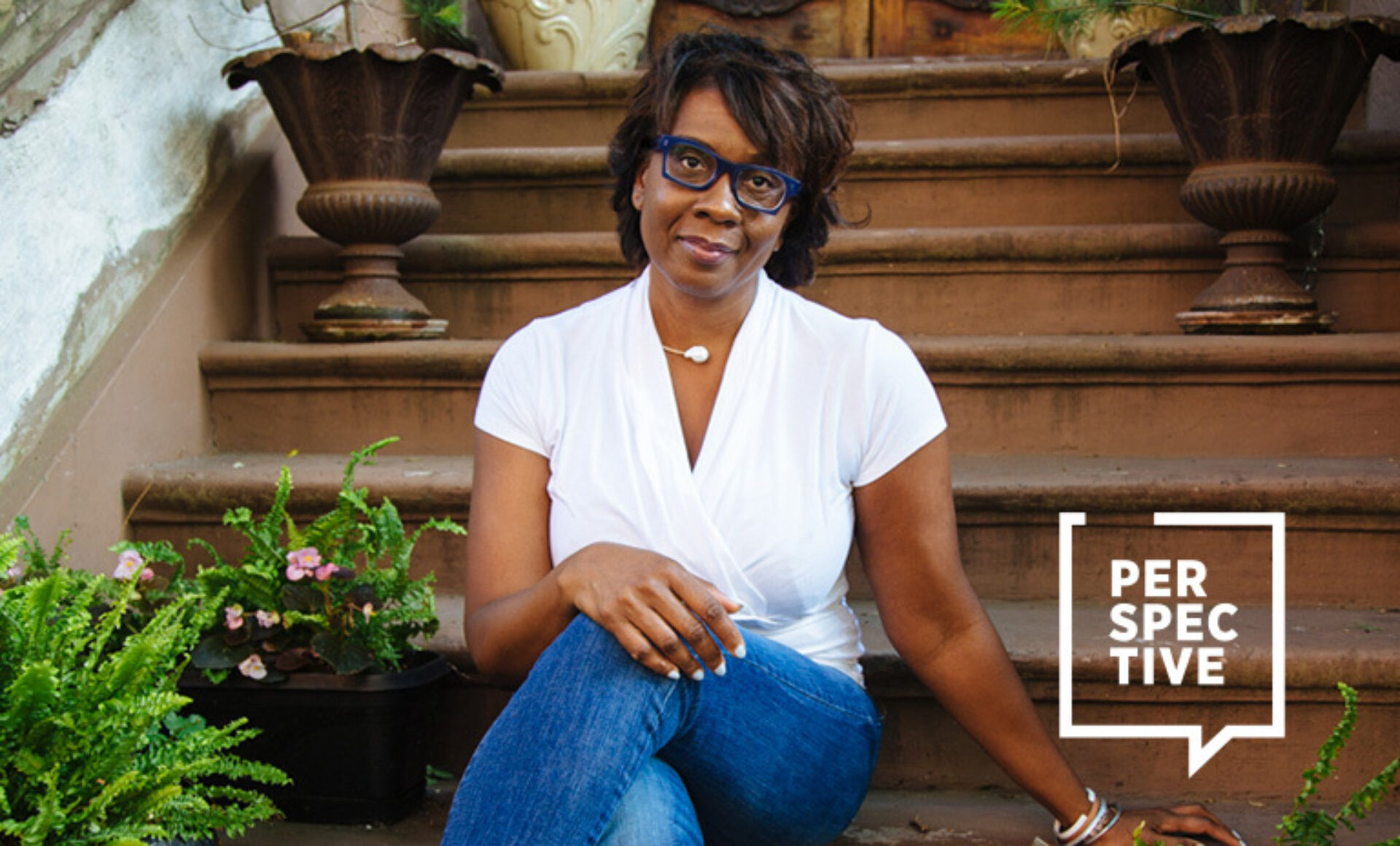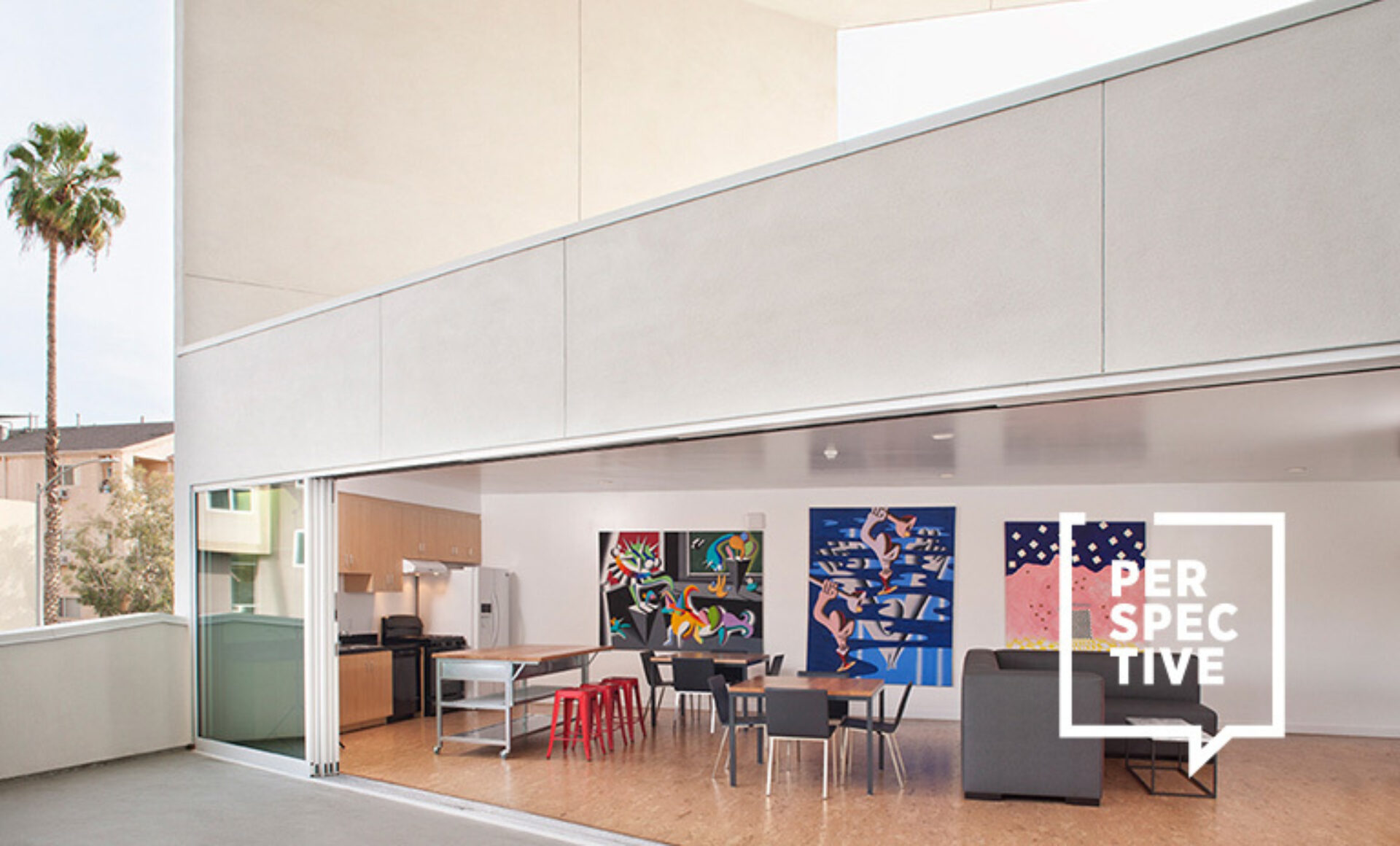Nestled in the heart of San Francisco, the Dogpatch neighborhood is a living tapestry of rich history, showcasing a remarkable journey from its humble beginnings as part of Potrero Nuevo to a hub of innovation and sustainable living. The area, once a Native American haven and later a pasture land named by Spanish missionaries, has transformed dramatically, evolving through industrialization in the mid-1850s and weathering challenges post-World War II to become a gentrified residential area with a thriving arts district.
As we explore Dogpatch's vibrant past and present, we spotlight the Power Station project, an adaptive reuse project that transforms a former power plant that once electrified the city into a neighborhood centerpiece of sustainable craftsmanship. This initiative, steered by visionary minds and globally renowned architecture and design teams, promises to foster a community redefining urban living through lenses of well-being, creativity, and ecological harmony, blending the historic with the futuristic.
“Industrial Wasteland:” A Brief History
Dogpatch, located in San Francisco's eastern flank, has a rich heritage tracing back to its inception as part of Potrero Nuevo, initially a Native American hunting ground and later a grazing land established by Spanish missionaries in the late 1700s. This neighborhood, deeply connected to Potrero Hill, blossomed during the mid-1850s industrialization era, attracting a wave of European immigrant workers. Despite numerous challenges, including post-World War II decline and the 1960s construction of Interstate 280, Dogpatch preserved its historic architecture, partly owing to its resilience during the 1906 earthquake.
The 1990s marked a significant turn as gentrification took hold, spurred further by modern developments such as Oracle Park and the rise of Mission Bay as a healthcare nucleus. Acknowledged as a historic district in 2002, it has seen a 200% population spike from 2010 to 2020, mirroring its vibrant evolution and flourishing arts scene, highlighted by the 2016 launch of the Minnesota Street Project. Today, Dogpatch stands as a testament to resilient growth, offering a rich blend of history and modernity, with landmarks like Mariposa Street marking its boundaries. The Power Station, a pivotal landmark in the neighborhood, has its roots deeply intertwined with the area's rich history: it has become a focal point of this renaissance.

Image courtesy of OpenSFHistory

Image courtesy of OpenSFHistory
A Big Vision for the Future
Once the heartbeat of San Francisco's growth, fueling its transformation in the industrial era, the Power Station is preparing for a comeback in the shape of a vibrant, multi-purpose waterfront development with a planned opening in Fall 2025. Once finished, the erstwhile industrial core will be replaced with a neighborhood that offers access to a stretch of San Francisco’s waterfront that has been inaccessible to the public for 150 years.
In its latter years, the power plant became known as a dirty, polluting, outdated outpost of the state’s electric utility, PG&E. When it closed in 2011, it was the city’s last remaining fossil fuel plant — but what might have seemed like an inauspicious start for a project with big ambitions for sustainable reuse also offered a benefit: every contribution the development could make to sustainability for Dogpatch was a big win for the city.
This reimagined piece of the Dogpatch puzzle plans to nourish a community that values well-being and sustainable living. It’s also an example of an expanding definition of sustainability, with an eye on reuse and restoration of historic brick buildings and the 300-ft-tall former smokestack. The project will ultimately preserve 1.6 acres of historical brick and recycle 30,000 cubic yards of concrete, as well as saving a massive historical facade and over 1,000 artifacts. Reimagined interiors will take advantage of soaring open spaces, office and life sciences areas which prioritize human comfort and wellbeing, and housing options that include a substantial number of units aimed at affordability and workforce housing.
The focus on connection to nature and fitness is strong; the project’s open spaces, which are the nucleus of the development, boast biking and walking paths, along with multi-use recreation fields adaptable to a myriad of activities and age groups, creating a harmonious blend of plaza, park, and greenspace elements. The Power Station is intricately linked to the water, forming a symbiotic relationship between the streetscape, buildings, and the expansive Bay area, a relationship further emphasized through a natural extension to the Golden Gate Bridge via the Bay Trail. Closely connected to its vibrant natural setting, Power Station fosters a creative lifestyle through mixed-use dynamics, where local and sustainable craftsmanship is not just celebrated but becomes a way of life. Community members will be surrounded by one-of-a-kind retailers, artisanal food purveyors, and hubs of health and wellness, all brought to life amidst sustainably designed permeable buildings that merge seamlessly with the surrounding greenspaces. It’s also intended as a hub for active and public transportation choices, offering easy access to trains and encouraging walking and biking, setting a new standard for sustainable urban living.
(Below Image: Image courtesy of OpenSFHistory)

The Behind-the-Scenes: Power Players and Redevelopment Process
The Power Station project stands at the forefront of Dogpatch's transformative journey, a vision brought to life by a coalition of globally renowned and locally grounded teams committed to fostering community, innovation, and sustainability. This endeavor, a harmonious blend of past and future, leverages the expertise of industry leaders such as Foster + Partners and Herzog & de Meuron, who have infused the area’s historic essence with modern ingenuity. The project promises not only a sustainable built environment, but also lush green spaces curated by CMG and Plural, aiming to foster ecological and community harmony. Sidewalk Labs adds a technological edge, ensuring sustainable solutions tailored to the site.
(Below Image: Image courtesy of Dogpatch)

Past Meets Present: Renovation and Restoration
Built in 1901 and now reimagined by the renowned Herzog & de Meuron, Station A stands as an unparalleled adaptive reuse project, offering a life sciences and office space that is both expansive and modern. This redevelopment merges seamlessly with the sustainably constructed Block 12, a low-rise structure that promises future-ready office and lab spaces, all encapsulated under one living roof and offering breathtaking 360° views that include a picturesque waterfront. This structure, designed with the highest environmental and technical standards in mind, harmonizes perfectly with Block 11, another Herzog & de Meuron project infused with the vibrant energy emanating from the adjacent Power Station Park.
Block 11 not only offers exclusive outdoor spaces but also modern design that meets the highest standards of environmental and technical specifications, thereby presenting a life sciences and office opportunity that is both innovative and grounded in sustainable principles. Together, these structures offer up to 46,000 square foot floor plates and compelling collaboration spaces, epitomizing a redevelopment that is steeped in history yet firmly rooted in the future, offering a glimpse into the next frontier of life sciences and office environments.

Image courtesy of Dogpatch

Image courtesy of Dogpatch
What’s Next
As Dogpatch stands on the brink of a transformative era, it is pivotal to recognize its journey from pastoral land to industrial outpost to a modern, sustainable urban haven. The Power Station project, steered by a world-renowned team, aims to blend Dogpatch's rich historical fabric with futuristic design, rejuvenating not just the space but the community spirit. The project preserves the historical essence while introducing modern amenities and green spaces, showcasing a deep commitment to Dogpatch's legacy. Leveraging community partnerships, it ensures a hub of essential services, catering to diverse needs, and is predicated on a mix of housing types to help ease the urban affordable housing crunch. This redevelopment points to an approach to sustainability where heritage meets modernity, fostering a vibrant, inclusive community harmoniously connected to its environment, and paving the way for a bright, potential-filled future.
